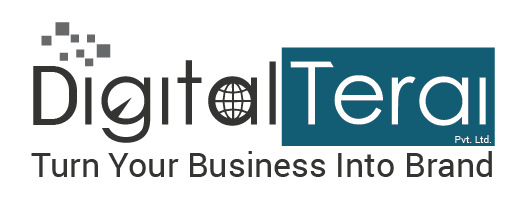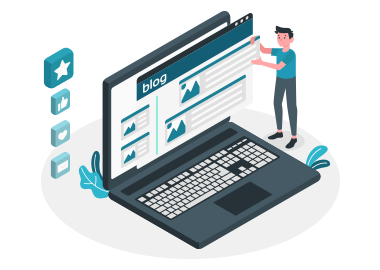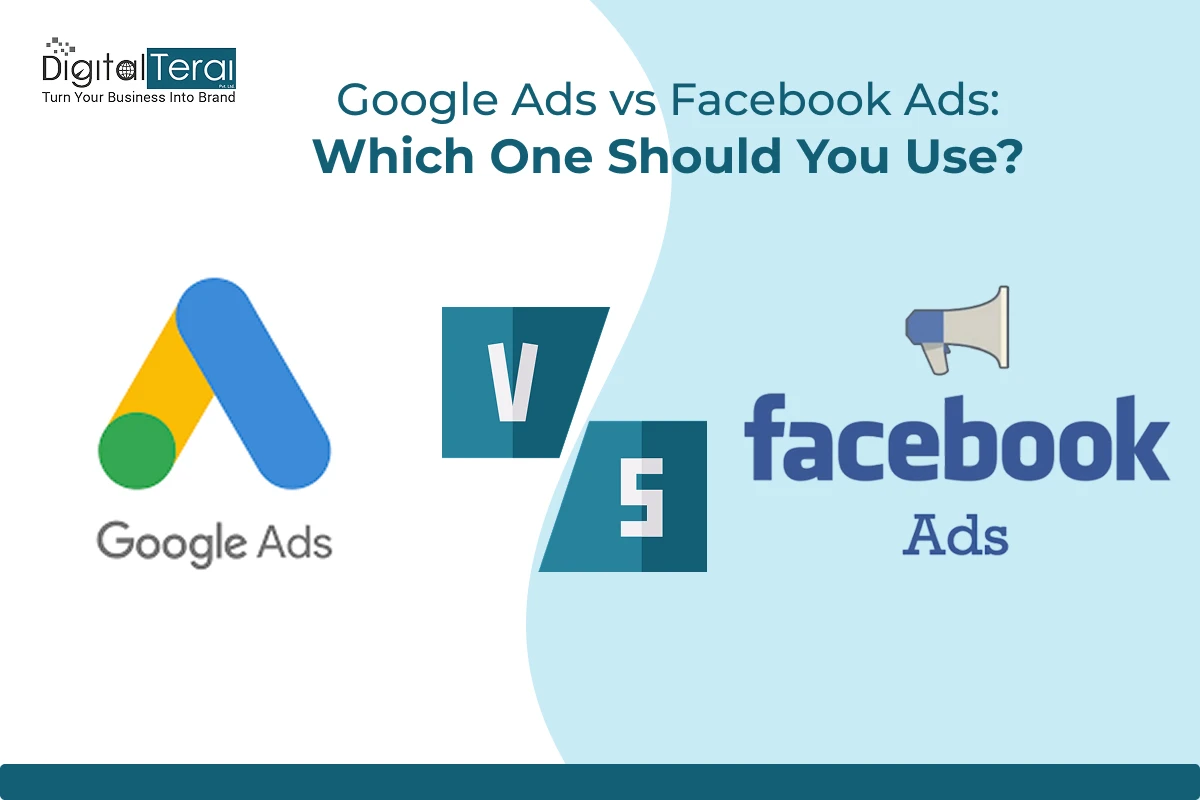Paid advertising is one of the essential elements of successful online marketing. And when you look at the sheer size and might that Google Ads and Facebook Ads bring to the landscape of paid ad space, each has its benefits in offering different goals, audiences, and budgets.
The platform that you select can make a huge difference in the success of your campaign. Being either a startup seeking fast leads or an already recognized brand willing to gain visibility, it is important to learn the main peculiarities of these two resources.
In this blog, we will break down Google Ads vs Facebook Ads based on how each works to their pros, cons, cost, and target capabilities, and more to help you make the right decision for your business needs.
What is Google Ads?
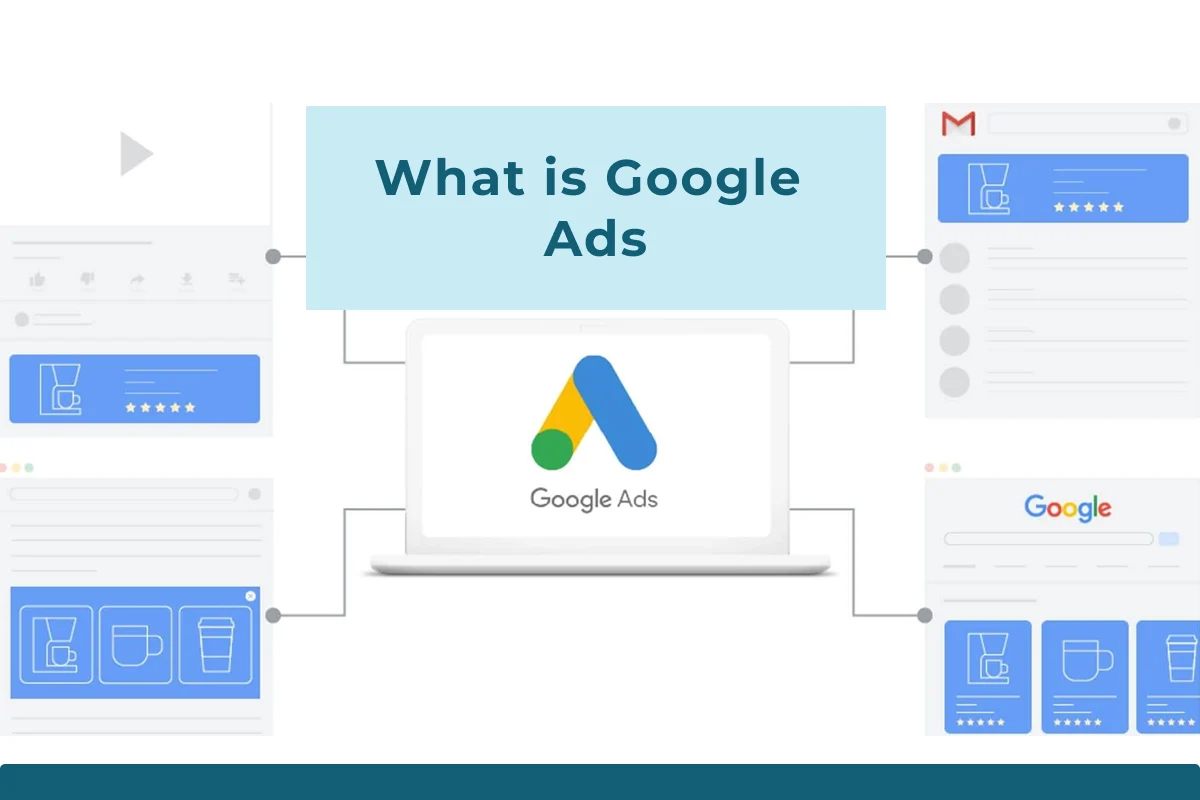
Google Ads is a pay-per-click (PPC) advertising model that enables companies to submit advertisements on a Web search engine Google results page (SERP), YouTube, and other sites on the Google Display Network. It is perfect for capturing those keywords that are driven by demand because the ads are activated when the user types a certain keyword in Google.
1. Pros of Google Ads
- Intended audience: Users are actively searching for your product or service, making leads warmer.
- Massive coverage: Google has more than 8.5 billion searches daily.
- Multiple ad formats: Text ads, Shopping ads, Video (YouTube), and Display banners.
- Advanced keyword targeting: Create your ad to relate to selected keywords for high relevance.
- Advanced analytics: Comes with GA4 (Google Analytics 4) to provide more conversion evaluation.
2. Cons of Google Ads
- Higher CPC in competitive niches: Keywords like ”insurance” or “lawyer” can cost up $50+ per click.
- Steep learning curve: The optimization of campaigns requires experience and a continual process.
- Limitations of demographic control: Verified demographic addressing is more superficial than that on Facebook.
Example: A small trekking agency in Nepal used Google Ads to target international tourists searching for Himalayan tours. This led to a 50% increase in inquiries and bookings within a few months by capturing high-intent search traffic.
What are Facebook Ads?
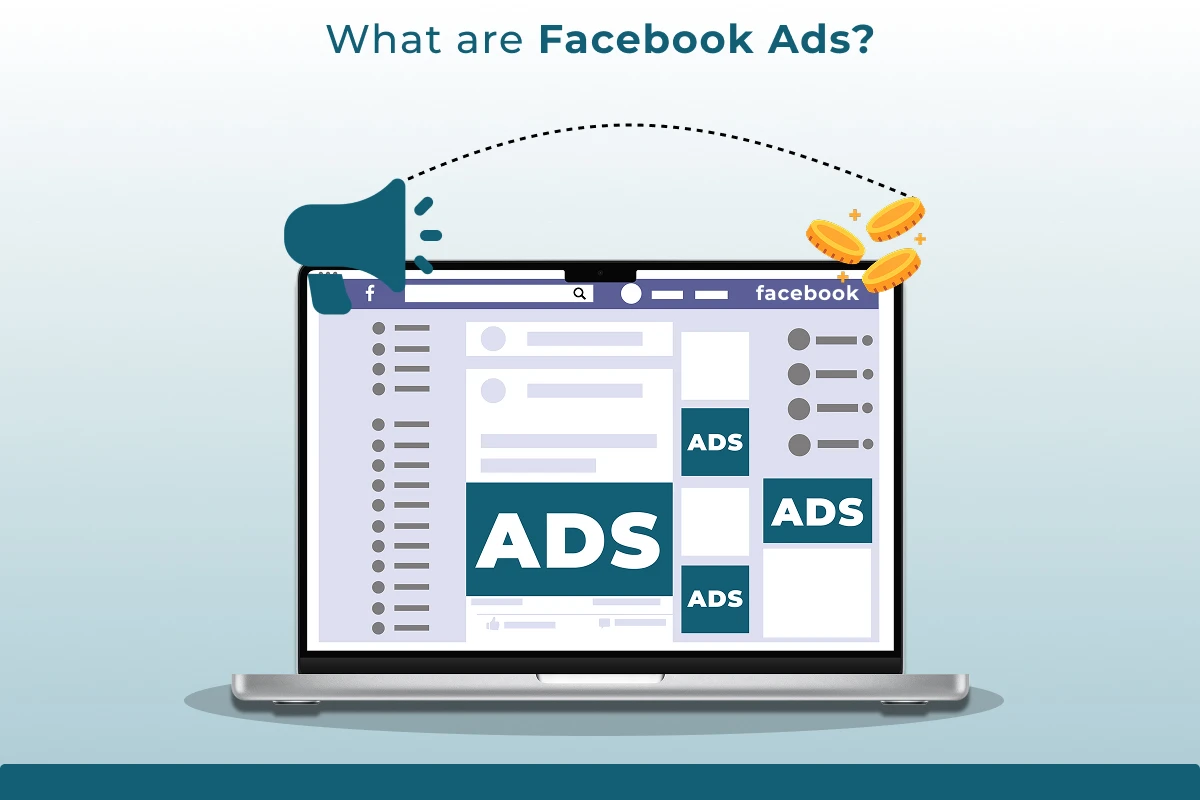
Facebook Ads (now renamed Meta Ads Manager) is a platform used by advertisers to create highly visual campaigns in Facebook, Instagram, Messenger, and Audience Network. Facebook uses user interests, behaviours, and demographics to display advertisements instead of search interest.
1. Pros of Facebook Ads
Granular audience targeting: Locate users on an age, gender, location, interest, job title, and even relationship basis.
Highly visual ad formats- Carousel, stories, reels, and collection ads to increase engagement.
Less expensive CPC: Can be affordable as compared to Google Ad to create brand awareness.
Strong remarketing opportunities: Retarget those users who came to your site or engaged with your posts.
Viral potential: If you have compelling content, you can reach an audience at no cost by allowing them to share your content.
2. Cons of Facebook Ads
- Reduced intent to purchase: The users are scrolling through, not searching to purchase.
- Ad fatigue: The ad can be changed frequently; otherwise, the user may become bored.
- Tracking difficulty: Since major security updates after iOS 14.5, Facebook’s data granularity has been limited.
Example: eSewa, a digital wallet service, ran Facebook Ads targeting mobile users with localized offers. Their campaign resulted in a 7.7× boost in app downloads, significantly growing their user base across Nepal.
Key differences between Google Ads & Facebook Ads
Although both Google Ads and Facebook Ads have their strengths as separate entities, they work on fundamentally different mechanisms. Being aware of these main distinctions might allow you to choose the most adequate platform or wisely combine both of them to reinforce your digital marketing funnel.
1. Targeting Capabilities
Google Ads is mainly about keywords and intent. You get to target users using search terms, location, device, time of the day, and even audience segments like in-market and affinity segmentation categories. Nevertheless, its demographic segmentation is quite loose in comparison with Meta.
Facebook Ads, by contrast, performs well on demographic and behavioral targeting. You may target very narrow groups of people and segment them according to age, gender, interests, online behavior, job title, and even life events. Such accuracy is why Facebook is extremely successful in the top-of-funnel brand interaction.
2. Ad Placement and Format
Google Ads enables you to place your ad on a wide array of Google properties such as Search, YouTube, and Gmail, as well as in the Display Network. You can use text-based ads, responsive display advertisements, video ads, or Shopping ads, depending on the type of your campaign.
Facebook Ads are used within Meta platforms, which include Facebook, Instagram, Messenger, and Audience Network. The ads are given priority to visuals, which enables the creation of carousel ads, reels, stories, collection ads, and lead forms, which is good in terms of storytelling and visually focused campaigns.
3. Intent-based vs Interest-based
Google Ads enables purpose-based targeting of the audience, i.e., whenever a person is seeking a product, service, or solution, your ads are displayed at this moment. This makes Google particularly useful in lead generation, product search, and local services.
Facebook Ads reach people with a relevant interest and behavior, even in cases when they are not searching for what you sell. It is constructed to generate demand by exposing its products or services to the audience who can make use of them, and is ideal for brand exploration and development.
4. Payment Model
The two have cost-per-click (CPC), cost-per-thousand-impressions (CPM), and cost-per-acquisition (CPA). However, Google Ads tends to have relatively higher CPC since keywords are highly competitive, especially when dealing with industries such as finance, legal, and healthcare.
According to Facebook Ad optimization, their cost per impression of Ads and clicks is comparatively lower, mostly in awareness or engagement campaigns. It is cost-effective for small businesses and startups as you can use a smaller budget and still cover a large group of the targeted audience.
5. Tracking & Analytics
Google Ads can also be connected with Google Analytics 4 (GA4), which features in-depth tracking of clicks and conversions, bounce rates, user interaction with devices, and time. This assists the marketers to have accurate information on the campaign performance and ROI.
The Meta Pixel helps Facebook Ads monitor your conversion and page views, and engagement on your website. Since Apple has changed its iOS 14.5+ privacy, the tracking is more restrained, and it can frequently be reported based on modeled or estimated data.
6. Budget Flexibility
Google ads may be extremely efficient, yet some keywords may cost more than $50 a click, depending on the industry and its competitiveness. Although it gives the ability to control daily budgets and bidding approaches, high-performing campaigns are normally ones that constantly need funding.
The small and medium-sized businesses have more flexibility with Facebook Ads. The low minimum spend levels and high reach of impressions also allow brands to first test creatives and targeting at a smaller budget and then scale.
7. Remarketing
Google Ads provides robust remarketing capabilities on Search, Display, and YouTube. You can bring back visitors who do not convert by displaying personalized advertisements on sites that belong to Google and its partners.
Facebook Ads are also impressive in remarketing. It is perfect to reach back to your customers and to engage in further activity with them through retargeting previous users who visited your site, engaged with your posts, or watched your video through the custom audience and lookalike audience.
8. Setup Complexity
The process of installing Google Ads may be complicated, particularly for the inexperienced. It requires a steep learning curve as well as continuous optimization like keyword research, match types, bidding strategy, and conversion tracking.
Facebook Ads Manager is also quite easy to navigate, and the interface is more intuitive and clear to use. Although optimization is required, new users find the process of launching and running campaigns to be quicker on Facebook compared to Google.
Here's a detailed breakdown of the major differences:
|
Feature |
Facebook Ads |
Google Ads |
|
Targeting Capabilities |
Targets people by age, gender, interests, behavior, and similar audiences |
Targets people using specific keywords, location, device, and audience types |
|
Ad Placement & Format |
Ads appear on Facebook, Instagram, Messenger, and more, using images or videos |
Ads show on Google Search, YouTube, Gmail, and websites with text or visuals |
|
Intent Type |
Shows ads to people based on interests, even if they aren’t searching |
Shows ads to people who are actively searching for something |
|
Payment Model |
You pay when people click, view, or act (CPC, CPM, CPA) |
You pay when people click, view, or act (CPC, CPM, CPA) |
|
Tracking & Analytics |
Uses Meta Pixel, but tracking is limited due to Apple privacy updates |
Uses Google Analytics 4 for deep and accurate tracking |
|
Budget Flexibility |
Works well for small budgets; can start with little money |
Flexible, but some keywords can be very expensive |
|
Remarketing |
Can show ads again to people who interacted with your brand on Meta platforms |
Can re-engage users through Search, Display, and YouTube |
|
Setup Complexity |
Easier to set up with a simple dashboard and guided steps |
More complex; needs planning and experience to manage well |
Conclusion
Google Ads and Facebook Ads each have unique strengths, and the right choice depends on your goals. Use Google Ads to capture high-intent leads, boost search visibility, or promote products through Google Shopping, as it targets users actively searching for your offerings.
Facebook Ads are ideal for building brand awareness, engaging audiences, and retargeting through interest-based, visually rich campaigns. For best results, businesses should combine both platforms, using Facebook to attract and nurture interest and Google Ads to convert that interest into measurable results.
Still unsure which platform best suits your business? Contact Digital Terai and get a customized digital ad strategy designed for your goals.
FAQs
Which is better: Facebook Ads or Google Ads?
Both are effective but serve different purposes. Google Ads is better for intent-based search leads, while Facebook Ads is ideal for audience engagement and brand awareness.
Should I use both Google Ads and Facebook Ads?
Yes! Combining both platforms covers the full sales funnel—from awareness to conversion.
Can I get leads from Google Ads?
Absolutely. Google Ads is especially effective for lead generation in high intent markets like real estate, finance, and healthcare.
Which is cheaper: Google Ads or Facebook Ads?
Facebook Ads often have a lower CPC, but the cost-effectiveness depends on your industry, targeting, and campaign objectives.

